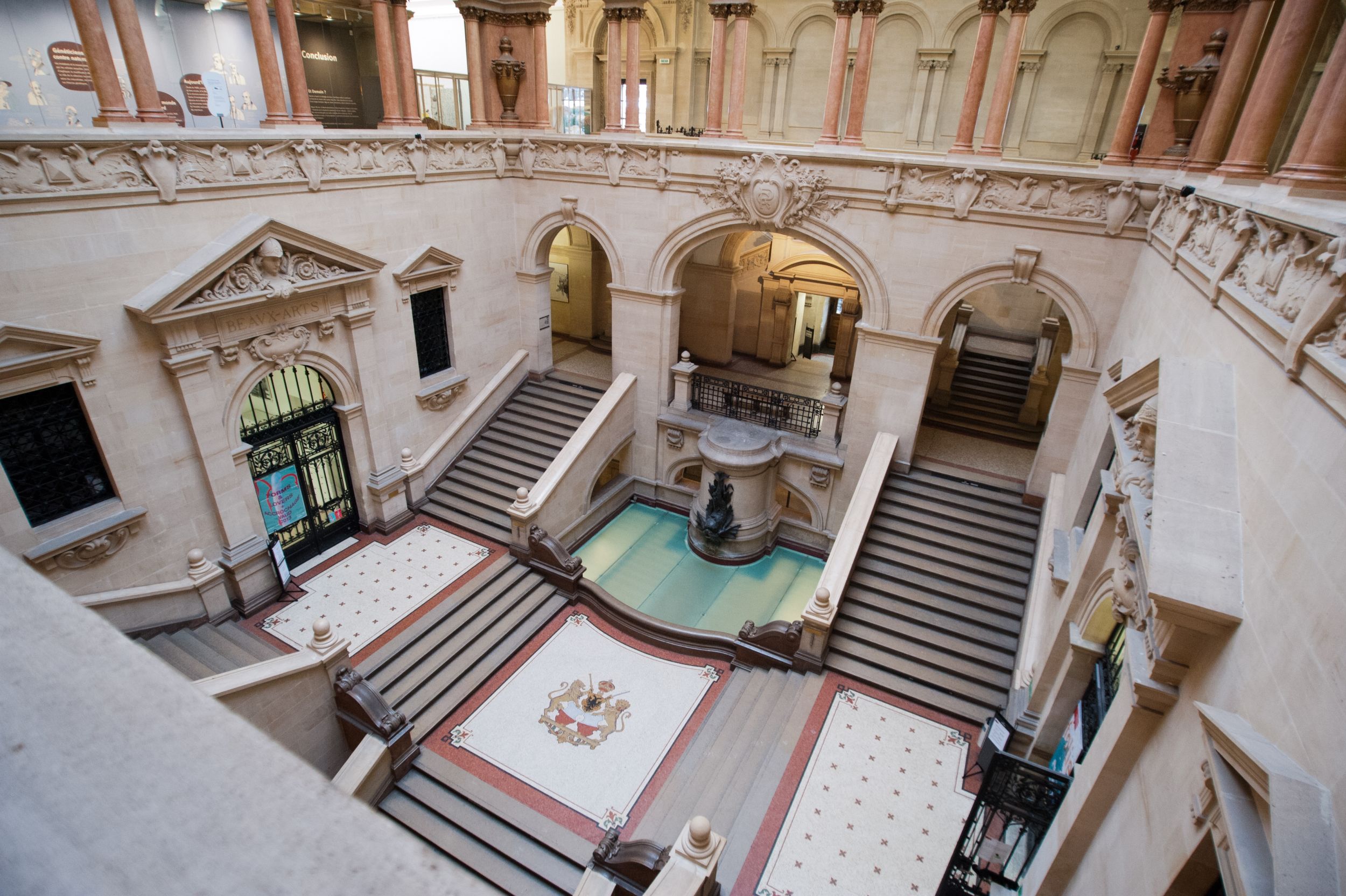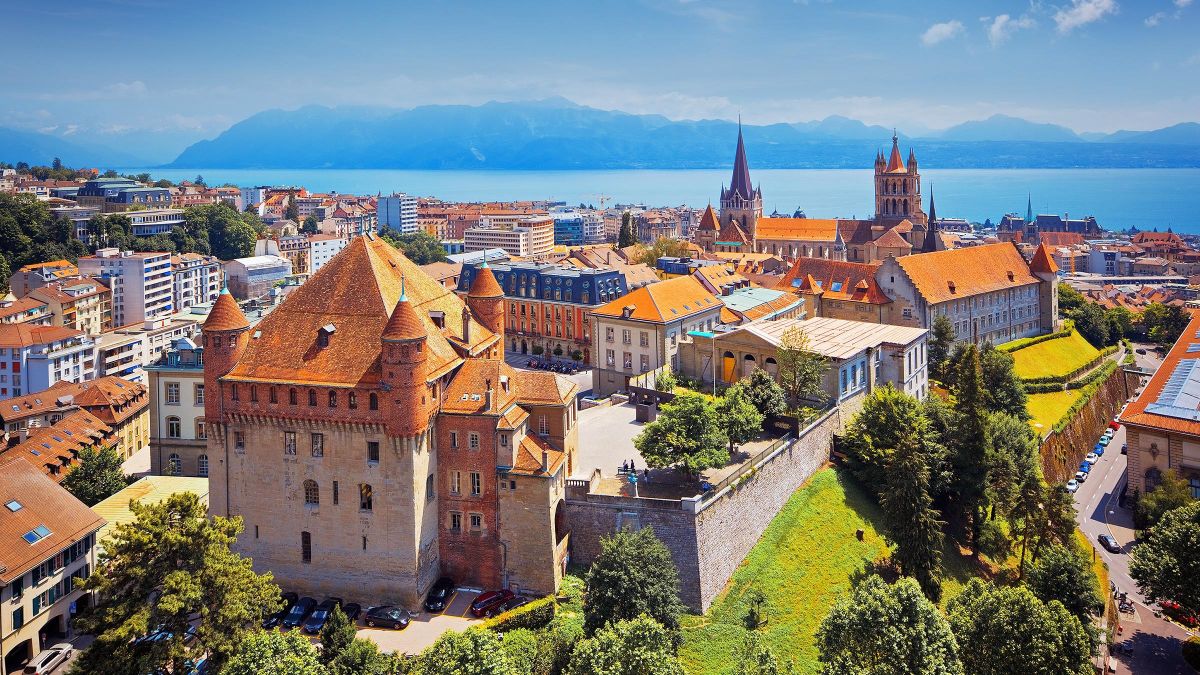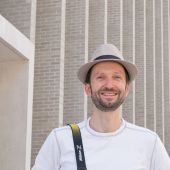Useful information
Address
Schedules
From 01.01.2025 to 31.12.2025
Open
Closed
Monday
Closed
Tuesday
10:00 - 17:00
Wednesday
10:00 - 17:00
Thursday
10:00 - 17:00
Friday
10:00 - 17:00
Saturday
10:00 - 17:00
Sunday
10:00 - 17:00
Permanent exhibitions
Free
Temporary exhibitions, full price
8 CHF
Temporary exhibitions, reduced price
5 CHF
Temporary exhibitions, under 25 years
Free
Lausanne cantonal and university library (access and book loans)
Free
Closed on Mondays.
Public holidays: open from 10am to 5pm.
Free admission on the first Saturday of the month.
Closed on 25 December and 1 January.
Business: a hall with seating for 294 people can be hired here.
By car: Parking de la Riponne.
Public holidays: open from 10am to 5pm.
Free admission on the first Saturday of the month.
Closed on 25 December and 1 January.
Business: a hall with seating for 294 people can be hired here.
By car: Parking de la Riponne.
As a photographer, the architecture of Rumine Palace immediately appealed to me, both inside and out. It’s also a quiet place where I can work when I’m in town.
Assuredly a change of scenery with the atmosphere of an Italian palace. I particularly love the old-world charm of the zoology museum display cabinets.
This magnificent palace is a real architectural masterpiece. Its exterior is an elegant fusion of architectural styles. Inside, you’ll find museums dedicated to archaeology, natural sciences and history. This place is a must-visit for cultural enrichment, but also to take pretty pictures.
More info
In 1871, Gabriel de Rumine (1841-1871), an aristocrat of Russian origin with a Lausanne mother, left 1'500'000 francs to the City of Lausanne for the construction of a building for public use. The City decided to build a new university at the foot of the City hill, and organized an architecture contest in 1889, which was won by Gaspard André of Lyon.
The palace features Florentine Renaissance style, alluding to the cradle of universalist humanism, which was influenced by its encyclopaedic ambitions: the general service of the Academy, a classroom, learned societies, the technical faculty, a library and no less than five museums can be found on site. Monumental columns, pergolas, loggias and bell towers adorn the 1906 building. The central portion joins two side wings and houses a highly elaborate section containing, among other things, a main staircase that creates an optical illusion effect, an atrium with a small pond, a network of galleries and overlapping ramps.
The palace features Florentine Renaissance style, alluding to the cradle of universalist humanism, which was influenced by its encyclopaedic ambitions: the general service of the Academy, a classroom, learned societies, the technical faculty, a library and no less than five museums can be found on site. Monumental columns, pergolas, loggias and bell towers adorn the 1906 building. The central portion joins two side wings and houses a highly elaborate section containing, among other things, a main staircase that creates an optical illusion effect, an atrium with a small pond, a network of galleries and overlapping ramps.







 +41 21 316 33 10
+41 21 316 33 10 Email
Email Website
Website












